 Today, 16 October 2011, marks 25 years [on the Gregorian calendar] since IDF Lt.-Colonel Ron Arad fell into captivity in 1986.
Today, 16 October 2011, marks 25 years [on the Gregorian calendar] since IDF Lt.-Colonel Ron Arad fell into captivity in 1986.
Speaking at an event marking the 25th anniversary, his wife, Tami Arad explaining the pain, and “during the first year, I could feel you, your presence and in the second year, I could still hear your voice and in the third year, I could imagine you walking on the street without shoes, in overalls, with a cigarette in your hand and your boots over your shoulder.
“Today however, the hopes of seeing you return have vanished” adding that she still yearns to know what happened to him. Neither G-d nor the leaders heeded your prayer. I prayed too, making vows, with emotions bursting out in all directions, even in the direction of G-d”.
She went on to explain that back then, there was really no one who wanted to bring him home, and there simply was no one to talk too, concluding any opportunity to bring him home was missed.
On October 16, 1986, Arad and pilot Yishai Aviram were on a mission to attack PLO targets near Sidon, Lebanon. A bomb dropped by their F-4 Phantom II apparently exploded prematurely, causing damage to the aircraft and forcing both crewmen to eject.
Aviram was located by an IAF chopper a few hours later, and escaped by clinging to one of its landing skids as it flew away while under heavy enemy fire, but Arad was captured by the Lebanese Shiite militia Amal.
Arad was brought to Beirut and held by the then head of security of Amal, Mustafa Dirani. The leader of Amal, Nabil Berri, announced that he was holding Arad, and proposed an exchange for Shiite and Lebanese prisoners held in Israel.
In 1987, three letters in Arad’s handwriting and two photos of a bearded Arad were received, proving Arad was alive. The Israeli government negotiated for his release, but talks failed in 1988. After this time, credible information about Arad has been hard to discover, though unsubstantiated claims of new information are made regularly.
To gain further insight on his whereabouts, Israeli commandos kidnapped Hezbollah member Abdel Karim Obeid in 1989, and Mustafa Dirani in 1994. The government claimed they were being held in order to find out information about Arad. During his interrogation by military officers, Dirani reportedly disclosed that on May 4, 1988, Arad had been turned over first to a Hezbollah unit and then to Iranian Revolutionary Guards who were in Lebanon at the time aiding Hezbollah guerrillas, where he may have been taken to Iran. But neither Iran nor any guerrilla group ever offered any useful information about his fate.
Karim-Obeid and Dirani were released in 2004 as part of a prisoner swap. No information on Arad’s fate was released after the swap.
In 2003, Prime Minister Ariel Sharon revealed that an intelligence agent had been killed during efforts to retrieve Arad. In December 2003, an organization seeking information about Arad issued a reward of 10 million dollars to anyone who brings such information.
In 2004, Israeli military intelligence formed a secret commission to investigate Arad’s fate, and in 2009, it determined that Arad was dead. According to the report, Arad had been transferred to Iran in 1990, where he was held by the Revolutionary Guard in strict secrecy and in complete isolation. Arad was transferred back to Lebanon following the capture of Mustafa Dirani, after the Iranians feared that Dirani would implicate them. The report stated that Arad died in the mid-1990s after he became gravely ill and was refused medical treatment, and was buried in the Beqaa Valley. While the majority of the committee members concluded that he had died in early 1995, others said that he probably died in late 1996 or early 1997. The office of Prime Minister Binyamin Netanyahu responded by stating that Israel would continue to work under the assumption that Arad was alive, unless there was “conclusive evidence” that he was dead.
In 2006, the leader of Hezbollah, Hassan Nasrallah, publicly stated that Hezbollah believed Arad to be dead and his remains lost. This marked the first time they have publicly acknowledged their lack of knowledge about his whereabouts.
On August 28, 2006, the Lebanese Broadcasting Corporation broadcast new footage of Arad. The footage was believed to have been shot in 1988.
In October 2007, Israel received a two-decade old letter written by Arad to his family.
On June 29, 2008, United Nations negotiator Gerhard Konrad informed the Israeli government that according to Hezbollah, Arad had been killed during an escape attempt in 1988.
In a news conference on July 2, 2008, held by Hassan Nasrallah, he stated that his group conducted a detailed investigation into the fate of the missing Israeli navigator. The investigation spanned three years, and included in-depth interviews with prominent figures in Lebanon. He declined to indicate the findings of the investigation, but stated that a written report was handed to the United Nations representative mediating between the Lebanese group and the Israelis.
(YWN – Israel Desk, Jerusalem)

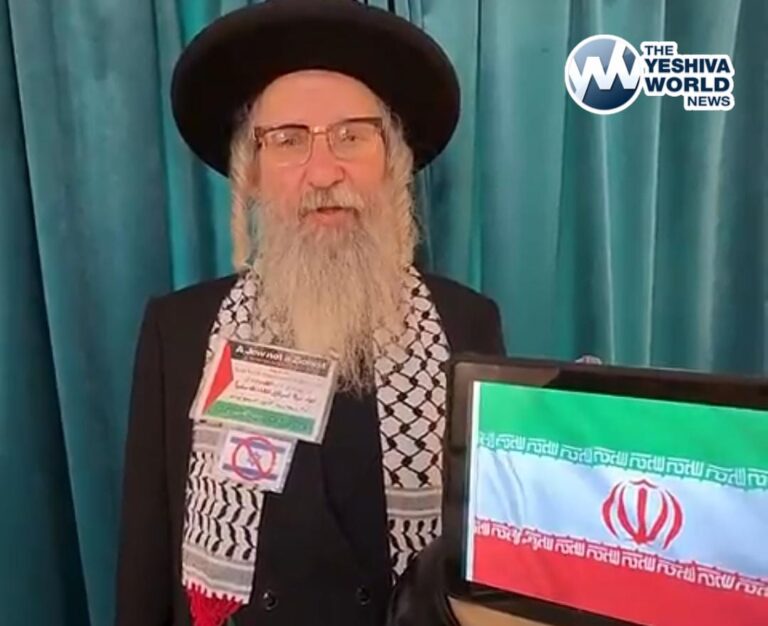


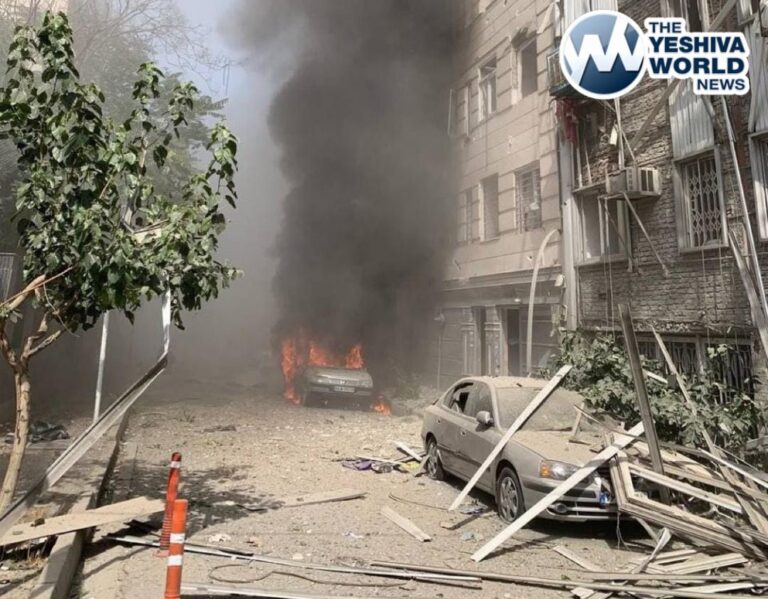
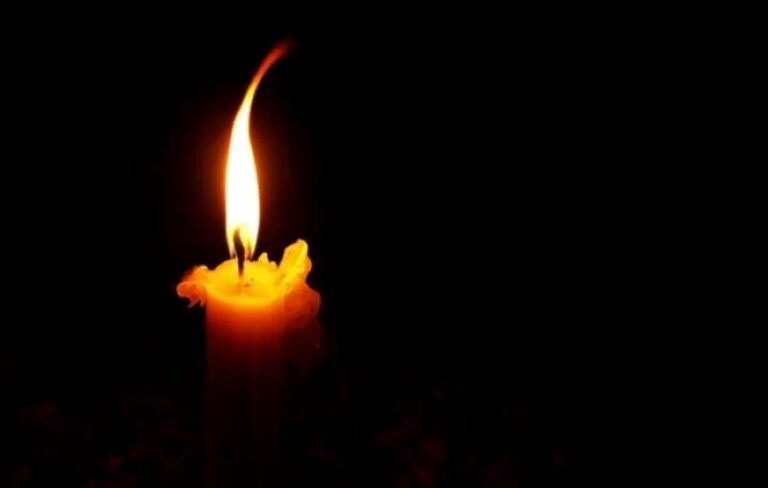

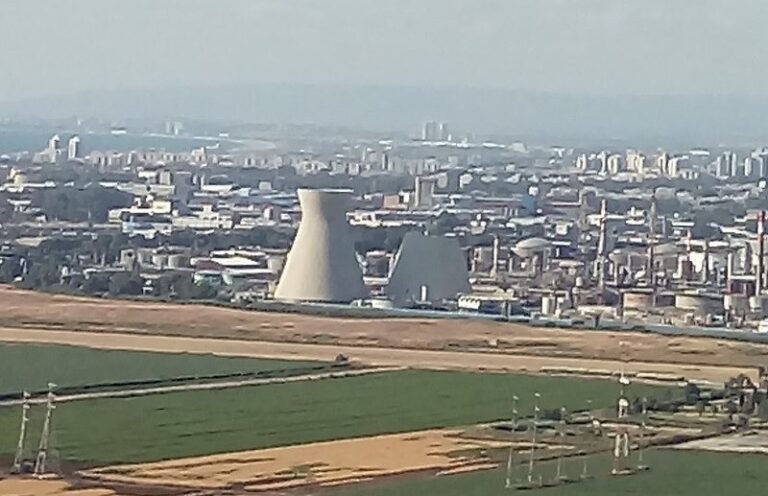
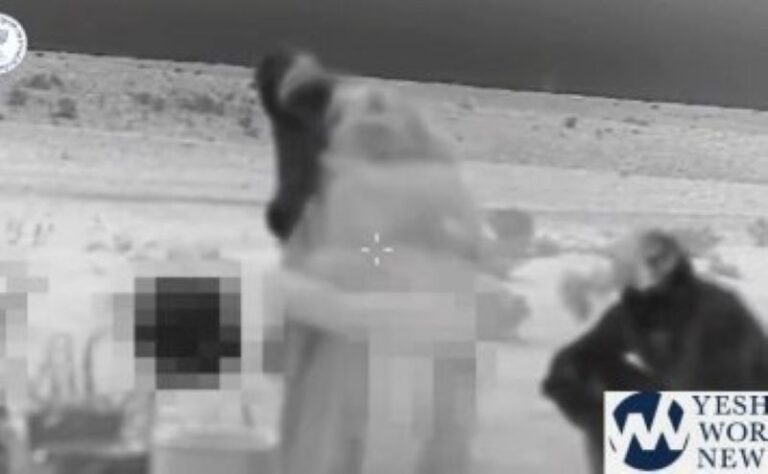

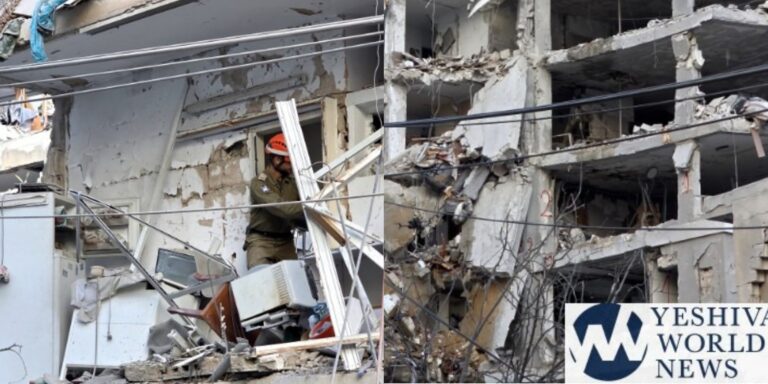
3 Responses
Am Yisrae-l! We must continue davening for him! Alive or dead, we all need to know what happened to him and return him home. None of us cannot imagine, compare, or relate what an agunah has to go through.
Please continue praying for Ron Ben Batya Arad!
Hashem always hears us no matter what.
What does Ambituous stand for? Ambiguous? Maybe ambitious?
“None of us cannot imagine”. Shape up, man! This is not English.
How infuriating!
If after reading this you don’t want to move heaven and earth to bring Gilad home, there is something wrong with you.